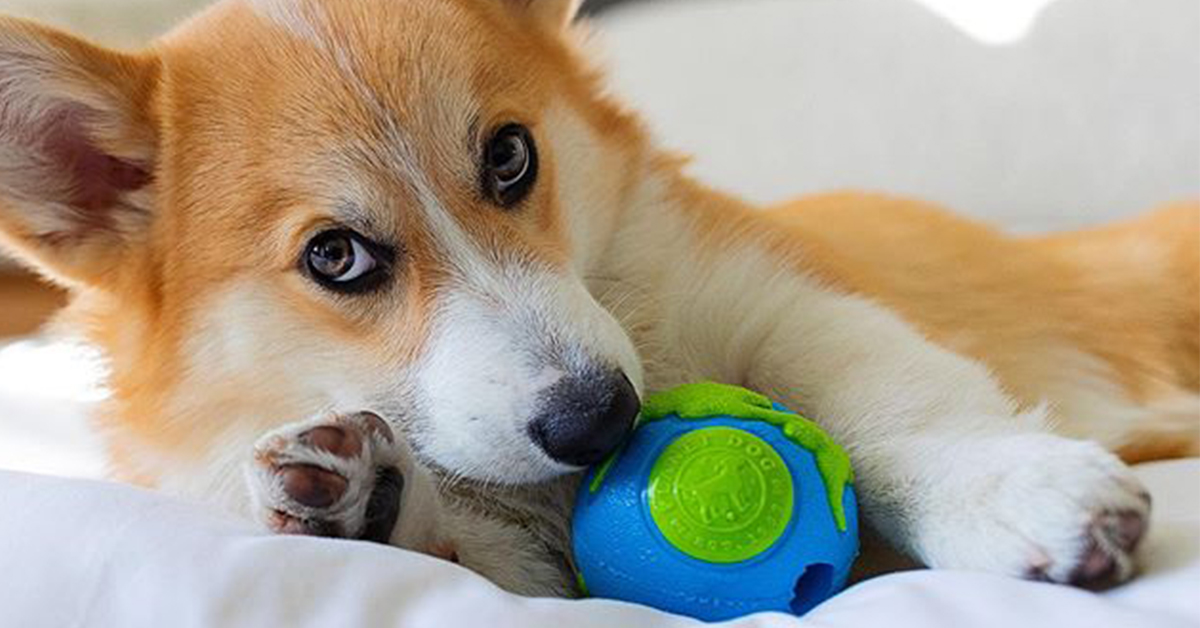For most people, seeing a muzzled dog makes them expect aggressive behavior and believe you’ve got a dangerous dog. That idea provokes fear and can create stressful situations. Dog owners know, however, that’s not always the case.
There are different reasons for muzzling a dog including things like times when a dog is fearful at the vet, when behavior modification is appropriate, and for other types of dog training. It’s not always because a dog bites.
Let’s look at some of the various reasons muzzle training is helpful and how to go about it so you can get good results. You might not always need a professional dog trainer, but you probably should have a basic understanding of dog behavior. Let’s begin with why you might consider muzzle training.
Why Might a Muzzle Be Appropriate?
There are several reasons dog owners might need to use a muzzle and not all of them are related to aggressive behavior. In fact, canine experts will tell you that most dogs will need a muzzle at one point in time or another. Even so, let’s begin with the most obvious first.
Reactive Dogs
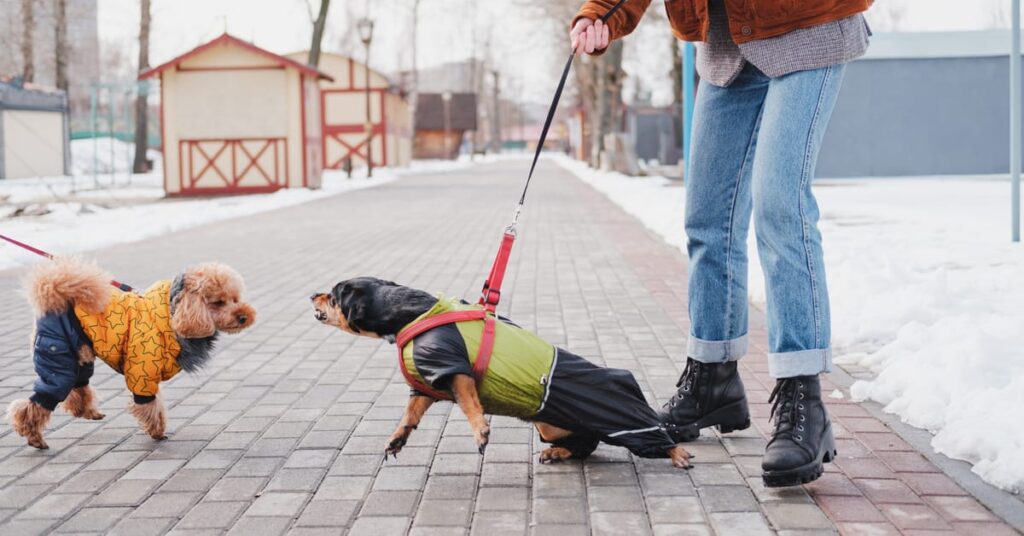
Aggressive dogs with a history of biting should be muzzled for safety. Perhaps your dog has never bitten anyone before, but if he lunges or barks aggressively at other dogs or people, it might be advisable to use a muzzle for peace of mind.
Your dog’s behavior in these situations is often the result of insufficient socialization when he was a pup. While a muzzle may help in the short term, you’ll need something more to really solve the problem.
A muzzle isn’t a long-term solution for these behavioral issues, and so, you should be prepared to work with an animal behaviorist or professional dog trainer to resolve the problem. The goal isn’t just to prevent a situation where someone gets bitten; you want to actually change your dog’s behavior so that he isn’t acting aggressively.
The muzzle by itself is not enough to do that.
For real and lasting behavior modification, you need to work with professionals. Animal behavior is complex and you need someone who really speaks your dog’s language to effectively understand and change his behavior.
In Stressful Situations and During Emergencies

It’s not always the case that your dog’s behavior is due to aggression. It can simply be that he’s frightened or injured. Injured dogs should be muzzled if you need to move them. Understandably, they may bite because they are in pain rather than out of aggression.
Stressful situations where your dog is upset might also be a reason for a muzzle. For example, if your dog gets stressed during a vet visit or when they go to the groomer, it might be a good idea to use a muzzle.
Even though you might temporarily muzzle your dog during these situations, you still want to consider behavior modification to help them become accustomed to grooming or vet visits. That will help them in the long run, and they may even come to enjoy at least going to the groomer.
Breed-Specific Legislation Requirements
Another situation where it’s required to muzzle your dog is in those communities that have breed-specific laws that require you to do so. These kinds of laws require dog muzzles for particular breeds that are interpreted as dangerous.
Unfortunately, these kinds of laws don’t address the underlying problem and unfairly mischaracterize certain breeds. Still, if you live in an area with these kinds of laws and you have one of these breeds, you might have to muzzle your dog.
When NOT to Muzzle Your Dog
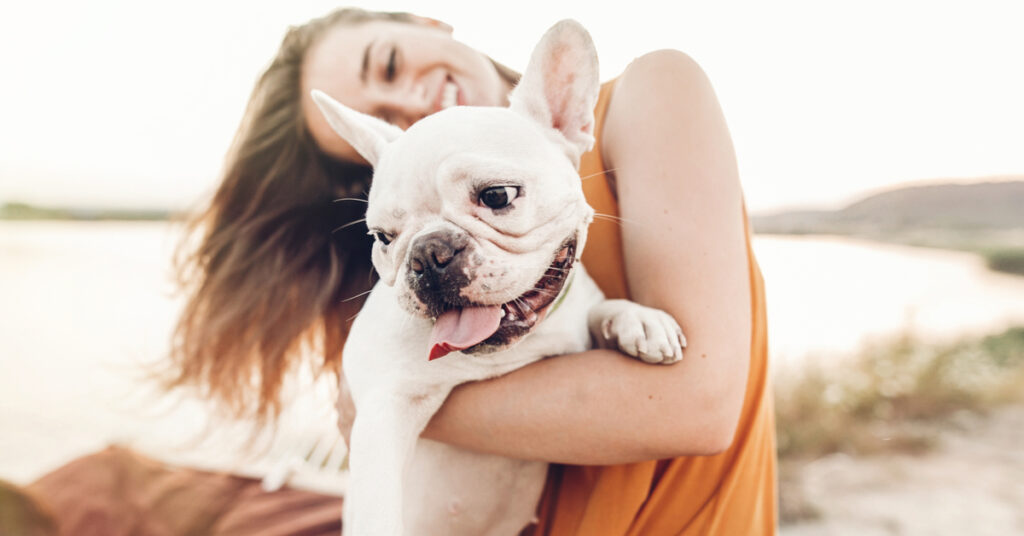
A lot of times, dog owners think that a muzzle can solve problems that they really aren’t meant to solve. While they do prevent dog bites, they should not be used as a means to force your dog’s mouth closed.
You also don’t want to use a dog muzzle for behavioral issues like chewing or barking. The reason is that muzzles should only be used for short periods of time while you or an experienced dog trainer is supervising them.
If your dog is chewing on your couch while you’re gone for the day, don’t leave him muzzled at home. That could be dangerous since he could get into a situation where he could injure himself.
Another reason muzzles are not appropriate for these behavioral issues is that these are ongoing problems that often require behavior modification to solve. A muzzle won’t do it. To really solve these problems, you need to consult with a behaviorist who can help you determine the reason behind your dog’s behavior.
They might be bored or they could be suffering from separation anxiety. They might also simply be protecting their territory or looking for a little more quality time with you. You first have to understand your dog’s behavior to really solve it.
Do not use a muzzle for punishment
It’s also important that you don’t use a muzzle so that you can purposefully place your dog in a stressful situation or so you can punish him. If you do that, the dog will come to associate the muzzle with that stressful situation, and he will be even more fearful the next time it comes up.
An example of this might be if your dog gets stressed whenever you go to the dog park, but you want to go with your friends. You might think you can muzzle him and it will be fine, but you really need to address his anxiety and improve his socialization so he can go to the dog park and enjoy himself.
You also don’t want to use the muzzle as a way to teach your dog a lesson. Dogs don’t make the kinds of associations that humans make when it comes to bad behavior and punishment. Your dog won’t understand that he is being muzzled because he chewed on the couch. It will just confuse him and add to the problem instead of solving it.
Do not use a muzzle in extreme heat
Dogs pant in order to keep cool in hot weather. A muzzle on your dog’s face restricts its ability to pant or drink water.
What are the Different Types of Dog Muzzles and Which Should You Choose?
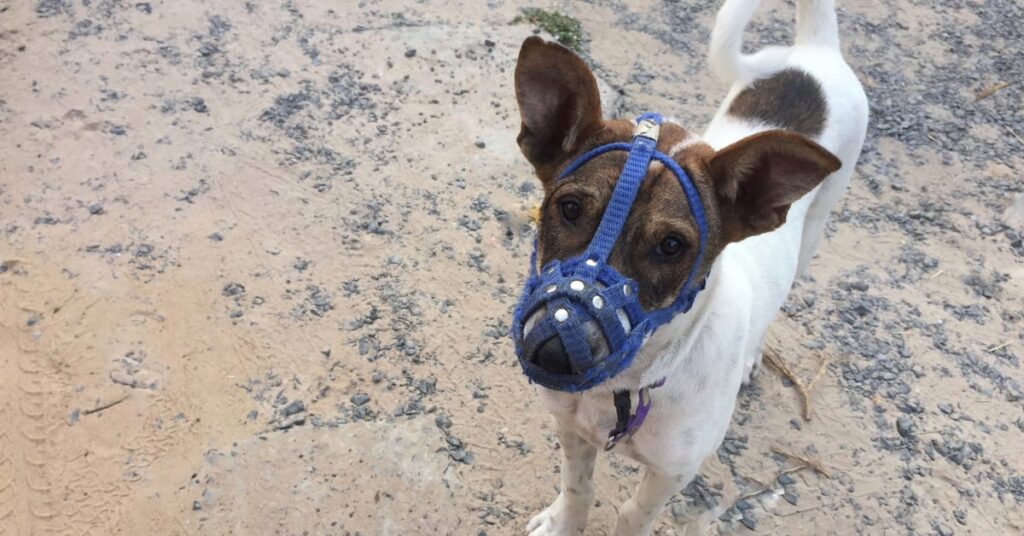
There are two basic types of muzzles that you can purchase, and it’s also possible to make your own if you’re in an emergency situation. Whatever type you choose, you’ll want to ensure you get a properly fitting muzzle for your dog’s anatomy. Let’s look at the two types you can buy first.
Soft Muzzle
These types of dog muzzles are made from soft fabric, usually nylon, mesh, or leather. They wrap around your dog’s mouth to keep it closed. Though soft muzzles are effective at keeping his mouth close, they are actually less comfortable than a basket muzzle, and they can also be dangerous.
The problem with soft muzzles is that they prevent panting which is how your dog sweats. That means your dog can’t effectively get rid of body heat while muzzled. Not only that, but your dog can’t eat, drink, or bark either. For that reason, these kinds of muzzles should only be used for short periods of time, only while under supervision, and never when it’s extremely hot.
They’re also not great when you’re training your dog because you can’t give him positive reinforcement in the form of treats. Treats are useful for behavior modification during training, and so, these are not the type to choose when you’re working with your dog. For that purpose, you’ll want to use a basket muzzle.
Basket Muzzle
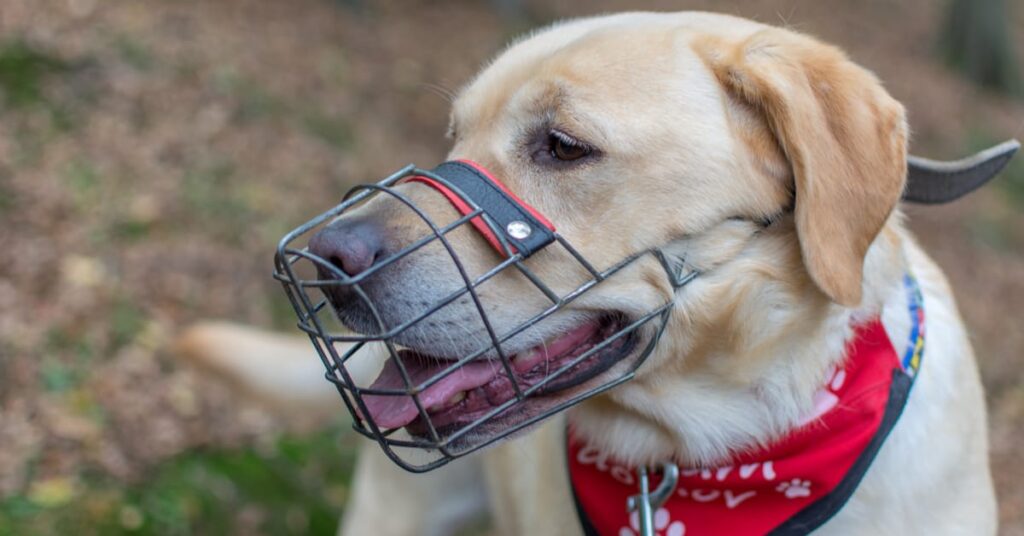
Basket muzzles are pretty much exactly what you’re thinking. These are in a basket-style that is strapped over your dog’s nose and mouth. They kind of look like you’ve put his whole snout in prison, but while they don’t look like it, they are actually more comfortable and safer than soft muzzles.
Basket muzzles allow your dog to drink, eat, and pant so you don’t have to worry about the same kinds of problems you might encounter with a soft muzzle. You can also give them treats when you’re training them.
Basket muzzles can be made of various materials including leather, plastic, wire, and rubber. They can also be more appropriately fitted to your dog’s specific anatomy. They work well any time you need to muzzle your dog and are readily available at most pet supply stores.
What About Homemade Dog Muzzles?
There are occasions where you might need to make a homemade style muzzle in a hurry. For example, if your dog is injured and you need to move him, you’ll want to muzzle him first if you think he might snap while in pain. Of course, you should only use a homemade muzzle if it’s a genuine emergency and you don’t have a proper dog muzzle available to you.
You can use different kinds of materials to improvise your homemade dog muzzle. You could use a gauze roll, for example, or some other kind of soft material. A soft, pliable cotton belt from a sweater can work as could an old pair of pantyhose or even a long, narrow, cloth rag.
You’ll basically take the material and wrap it around your dog’s muzzle while holding his mouth closed, and then you’ll tie it behind his ears. This should only be used in case of an emergency and only for short periods of time. That’s critical because just like with the soft muzzle, your homemade muzzle could become a dangerous situation for your dog.
How Do You Fit a Dog Muzzle?

For a muzzle to be effective, it has to fit properly. If it’s too loose, your dog will be able to get it off, and if it’s too tight, you can inhibit his breathing, his ability to pant and to eat or drink, and it can also irritate his skin.
To make sure your dog’s muzzle is properly fitted, you should be able to fit one finger between the strap of the muzzle and your dog’s head. Try various sizes to get a feel for what’s right, and of course, if you feel you need to, you should consult a professional dog trainer or your veterinarian.
If you’re ordering your dog’s muzzle online, you’ll want to take measurements to ensure you get the right size. Some dog breeds, like pugs or bulldogs, might need customized muzzles. Remember that you want to make sure your dog can breathe, pant, eat and drink easily without being able to remove the muzzle.
How to Train Your Dog to Wear a Muzzle

You don’t want the first time you use a muzzle to be the first time that you need it. If your dog is in a situation where he needs a muzzle, particularly if he’s injured or frightened, it’s going to be much more helpful if he is already accustomed to using a muzzle.
If he is stressed, it will be harder to get it on, and he won’t ever want to use it again. That’s why it’s better to muzzle train your dog before you need it. He’ll be much happier and so will you. Here’s a step-by-step process from the American Kennel Club you can use to get him to accept a muzzle and even look forward to the rewards he’ll get when he uses one.
Steps for Muzzle Training
- Introduce your dog to the muzzle. You do this by presenting the muzzle to him to sniff and examine. As he’s doing that, give him a treat so he associates good things with this object. You can repeat this exercise a few times.
- Get him closer to the muzzle. Touch the muzzle to his nose and then give him a treat. Again, do this a couple of times so he views the muzzle as interesting and something that is positive.
- Get him to put it on. With a basket-style muzzle, you can thread your fingers through the bars. Hold a treat so that your dog has to put his nose inside the muzzle to get the treat. Keep doing this until he doesn’t think anything about it.
- Try it on. In this step, you slip the muzzle onto your dog’s nose and remove it immediately and give him a treat. Do this a few times.
- Go all the way. Now put your dog’s muzzle on and buckle it in place. Give him a treat and remove the muzzle right away. Do this a few times.
- Make it last. Now repeat step #5, but slowly count to five, give him a treat, and then remove the muzzle.
- Increase the time. Put the muzzle on repeatedly, and each time you do, gradually increase the time it’s on. Hold onto your dog’s collar while you’re doing this and give him plenty of treats.
It’s really important to help your dog associate the muzzle with positive reinforcement. If you can do that, he’ll not only accept it, he’ll look forward to it.
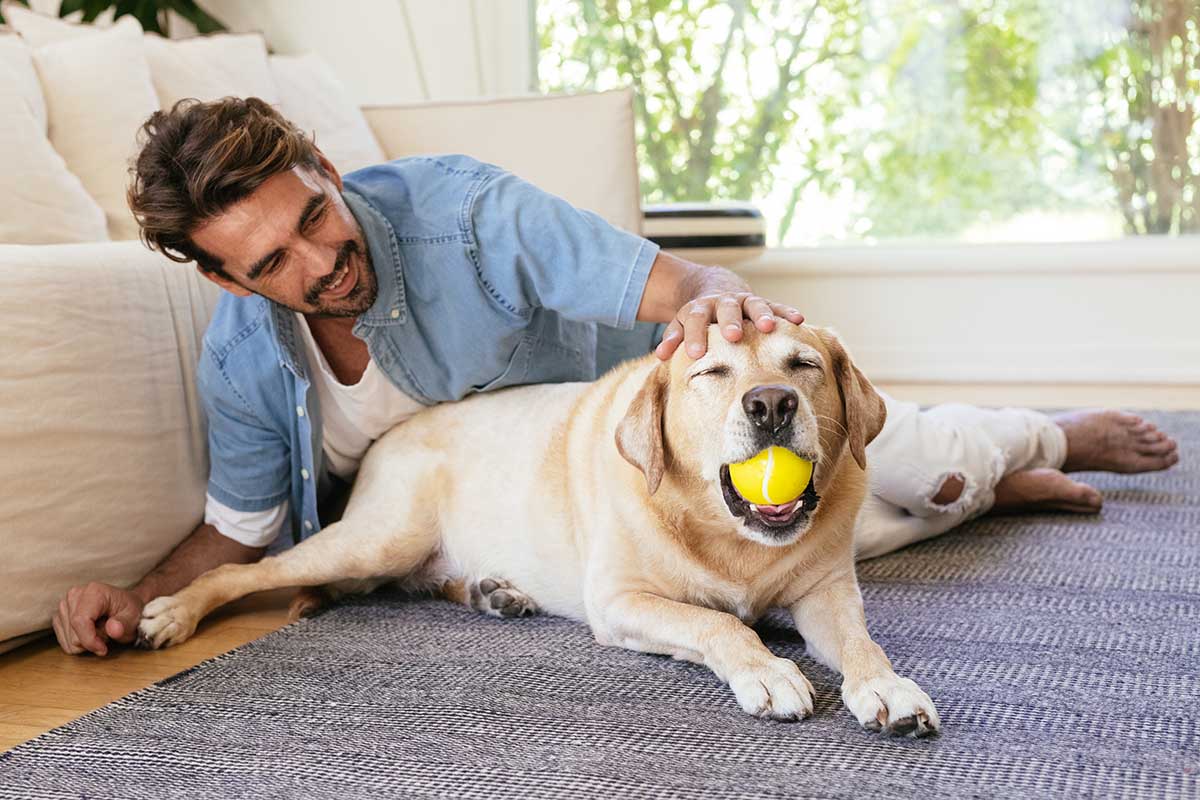
Final Thoughts
The need to muzzle your dog is not always related to aggressive behavior. It can be for any of the reasons mentioned above or even some odd miscellaneous reasons you might not think about. Maybe your dog is like a vacuum cleaner that eats everything in sight when you take him out. You might muzzle him to keep him from eating something that will make him sick.
Since most dogs will need to be muzzled at some point in their lives, it’s a good idea to get your dog used to it early on. You can do this by associating the muzzle in his mind with positive reinforcement. That will make your life easier and his too!
